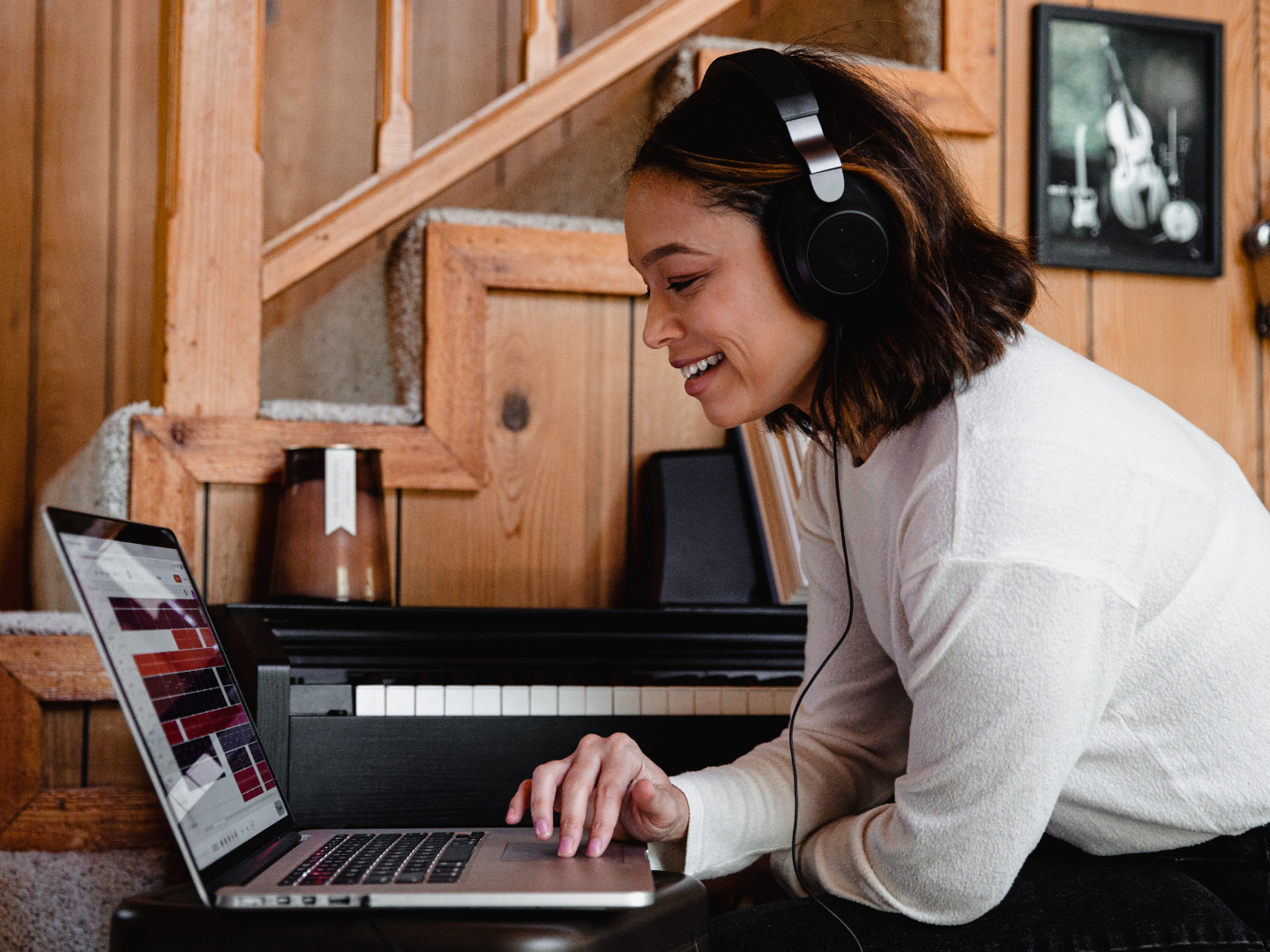
Does your client have a signature sound? This question is probably something that they haven’t put much thought into. However, according to an article by Fast Company, representing companies with only 2D creative is becoming a practice of the past.
Why Your Client Needs a Signature Sound
Changing Trends
“Digital billboards and moving online interfaces are becoming ubiquitous, as are a myriad of voice technology applications,” says Fast Company. “Animated album covers on streaming platforms are replacing traditional, static covers, while motion logo mnemonics are making 2D identity expressions seem archaic by comparison.” Think about it. The pandemic hurried along the shift to digital that was already happening at full speed beforehand. The digital habits we picked up during the pandemic aren’t going anywhere and are evolving. Stagnant, silent images are also becoming boring to the consumer. With so much time spent online, consumers have learned to tune out ads and brand symbols that aren’t eye catching. Or should we say: ear catching.
Why Sound?
Fast Company points out that, of all your senses, sound is the one that reacts the fastest. You can process something you hear faster than something you can see. Additionally, “music elicits emotion, which is a big driver in brand loyalty, and the potential for sound in branding is crystal clear.”
If you’re having trouble believing it, think of the effect “ba-da-ba-ba-baaa” has on you. Once you hear it, even without words attached, you automatically know what brand is being referenced. And it might make you at least crave some fries (especially if you hear it around lunch or dinner time). The signature sound may even make you smile a bit since it’s so familiar and likely has many memories attached to it. Are you starting to see what the effect sound can have?
Data
Okay, maybe that argument is convincing, but you’d like to have some data to back it up. Wish granted. Fast Company lists various ways research has found that signature sounds influence important brand metrics:
- Increases brand awareness by 26%
- Increases brand favorability by 46%
- 86% of consumers say that correlations caused by sound have made them want to relive the associated experience
Convinced yet? Cool.
Stand Out from the Competition
According to Fast Company, only about a third of companies are using signature sounds to promote their brands. Why? Too many creative teams are filled with people who are content with using what has always worked for them, which has not included sound. While this means that many brands are missing out on opportunities to create memorable and emotional brand connections, it offers your client an opportunity to get ahead of their competition.
It's time for you to meet with your client and have a lengthy discussion about the future of their brand strategy. Bring up the splash signature sounds are making and have been making for decades and yet remain underutilized. Discuss the emotional connection your client wants to make with their target audience and what that might sound like to them.
Additionally, you should take the music tastes of your client’s target demographic into consideration. AudienceSCAN on AdMall by SalesFuel can help you with that. For example, did you know that the top three favorite music genres of Fast Food Breakfast Customers are classic rock, 80s and 90s hits and hip hop? They’re also 61% more likely than other consumers to say dance/electronic music is their favorite. So, if you want to get a read on the best signature sound for your clients, take a look at their target audience’s profile. You may be surprised by what you find and the ideas you’ll develop once you have that information.
Photo by Soundtrap
